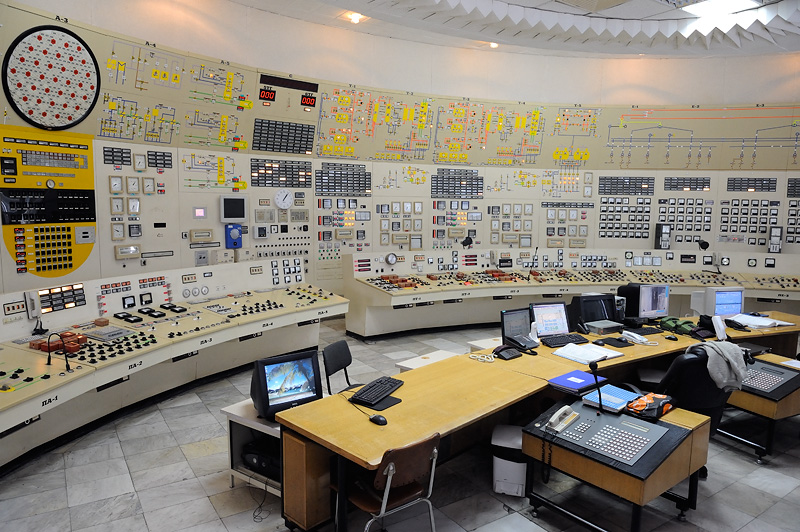VPC can be thought of as a Death Star, providing a secure and isolated environment for all the resources within it, similar to how a Death Star provides boundaries and protection for the empire.

Subnets within the VPC can be thought of as different sections within the Death Star, each with different access controls and security settings. For example, a public subnet can be thought of as the control room, where a load balancer resides,

and a private subnet can be thought of as the power core, where a database resides.

ECS is like a team of droids, they design and build the infrastructure for your application, similar to how droids design and build the Death Star. ECS allows you to easily launch and manage Docker containers, and can automatically scale your application to handle traffic spikes.

EC2 instances can be thought of as the Imperial ships, they host and run your application, similar to how Imperial ships host and provide space for its crew. Each EC2 instance is a virtual server that can run your application, and can be easily scaled up or down as needed.

Docker images can be thought of as technical plans, they contain all the necessary instructions to run your application, similar to how technical plans contain all the necessary instructions to construct a Death Star. and can be easily transported and run on any EC2 instance.

An Elastic Load Balancer (ELB) is like Darth Vader, it manages and directs traffic to the appropriate resources, similar to how Darth Vader manages and directs the empire’s resources. It distributes incoming traffic to multiple instances of your application, and also provides automatic failover and health monitoring.

A Content Delivery Network (CDN) can be thought of as the force, it delivers content to users from the closest location, similar to how the force allows Jedi to access information from anywhere. It caches and stores your content on servers located

A Poem
In the cloud, a VPC stands tall,
A fortress for resources, safe from all.
Subnets within, like chambers in a hall,
Each with different rules, for one and all.
ECS, a team of builders, strong and true,
They launch and manage, your app anew.
EC2, powerful tools, in every instance,
To host and run, with high reliance.
Docker images, like spells in a book,
Containing all you need, to run your app and cook.
An ELB, a gatekeeper, distributing the load,
For performance high, and traffic on the road.
CDN, a messenger, content to deliver,
From server nearby, for a smooth river.
Security Groups, like guards at the gate,
Protecting all, it’s never too late.
EBS, a treasure chest, storing your data,
Attached and detached, as you wanna.
All these components, working as one,
In the cloud, your app, has just begun.
Instead of using VPC, Subnets, ECS, EC2, Docker Images, ELB, CDN, Security Groups, EBS, etc. is there a simplified alternative?
Yes, there are simplified alternatives to using VPC, Subnets, ECS, EC2, Docker Images, ELB, CDN, Security Groups, and EBS individually.
One such alternative is to use a Platform as a Service (PaaS) provider, such as Heroku or AWS Elastic Beanstalk. These services abstract away many of the underlying infrastructure components and provide a more user-friendly interface for deploying and managing web applications.